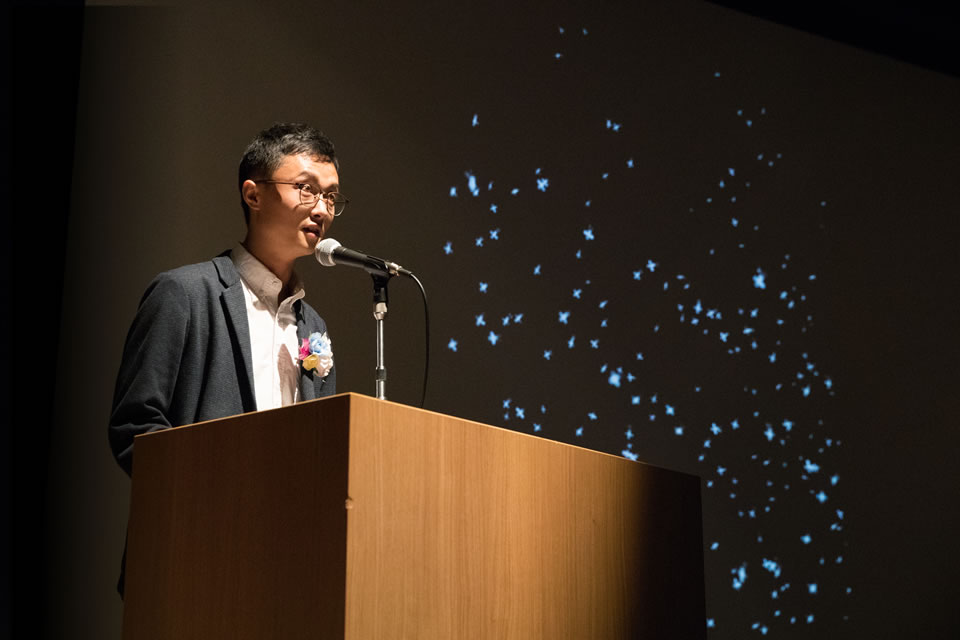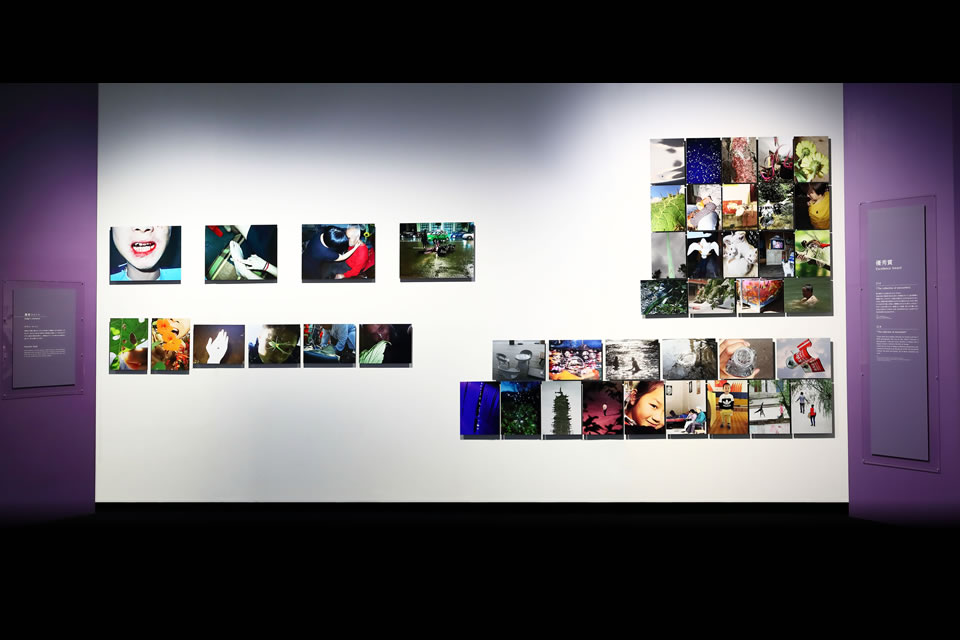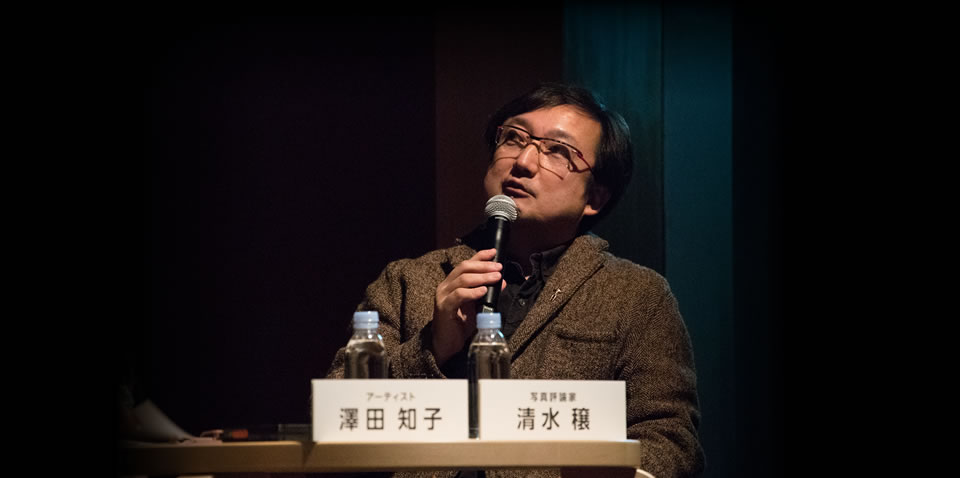PRESENTATION
I was born in Guizhou, China. My photographs are not special in any way. There is nothing particularly Chinese about them, and it is not my intention to imbue them with any overtly Chinese elements. They are entirely commonplace. Photographs are intrinsically related to life and the quotidian. I reveal what I record in my own fashion, irrespective of my nationality.
People say singing and dancing can change a person, and I think photography can do the same. I think of my camera as my sense of touch. Thinking so has freed my body, heightened my sensibilities, and made me more open to all kinds of things. This openness has enabled me to perceive flows of energy. I could start to see things from multiple perspectives.
My work expresses all aspects of my life — beautiful moments, joy, beautiful scenery, pain, kindness. I carry a small digital camera with me so I can take photographs at any moment. I regard photography as part of my lifestyle. It is also a tool to stave off boredom.
Life is complex, with so many things woven together. Happiness and sorrow exist side by side. Life and death repeat in an endless circle. The frivolous harbors both excitement and tedium. My photographs are nothing more than the tip of life’s iceberg. There is so much I’ve yet to photograph, and this motivates me to continue taking photographs.
I have never taken any special classes in photography. Still, I believe art is present in the everyday comings and goings of life. One time I was taking photographs along a river. I was so focused on what I was doing that I couldn’t hear the sound of the river as it rushed along. When I came back to my senses, I could hear the river again. That is a form of art. Photography gives me the purest form of joy and ecstasy.


When I looked at your book, the encounters, as suggested by your title, materialized one by one, from the cruel ones to the happy, humorous ones. Photo by photo, I could discern your sensibilities and viewpoints. Unfortunately, when the photographs are exhibited on a wall, this one-by-one materialization is stripped away, leaving each image with an unexpected déjà vu. So, I felt something was lost in the wall exhibit.
Moreover, although each image is interesting in its own right, the observer can find no singular, overarching theme — the “life and death” concept being just far too broad. Because the collection was a random arrangement of moments a single photographer has encountered in all manner of places, and despite the fascinating bits here and there, my ultimate impression was that of a collection lacking a universal purpose.

Judges’s Comment
Dayanita Singh
You have a strange but marvelous eye. I couldn’t get your image of the teeth stained with red blood out of my mind. This is the quality I seek out in photographs. An unforgettable work like this that stays true to yourself is truly rare.
When I viewed your exhibit today however, I felt as if the intensity had been dialed down a little. Should photos be kept in a book or hung on a wall? I presume this was a challenging dilemma for you. Your works have a very different impression when in a book versus hung on a wall. How do you want your works seen? What is the best way to view them in your opinion?
(214)
I think the best way is to view them on a computer or other screen over the Internet. My photographs are enormous, so I’d like viewers to enlarge them before looking at them.